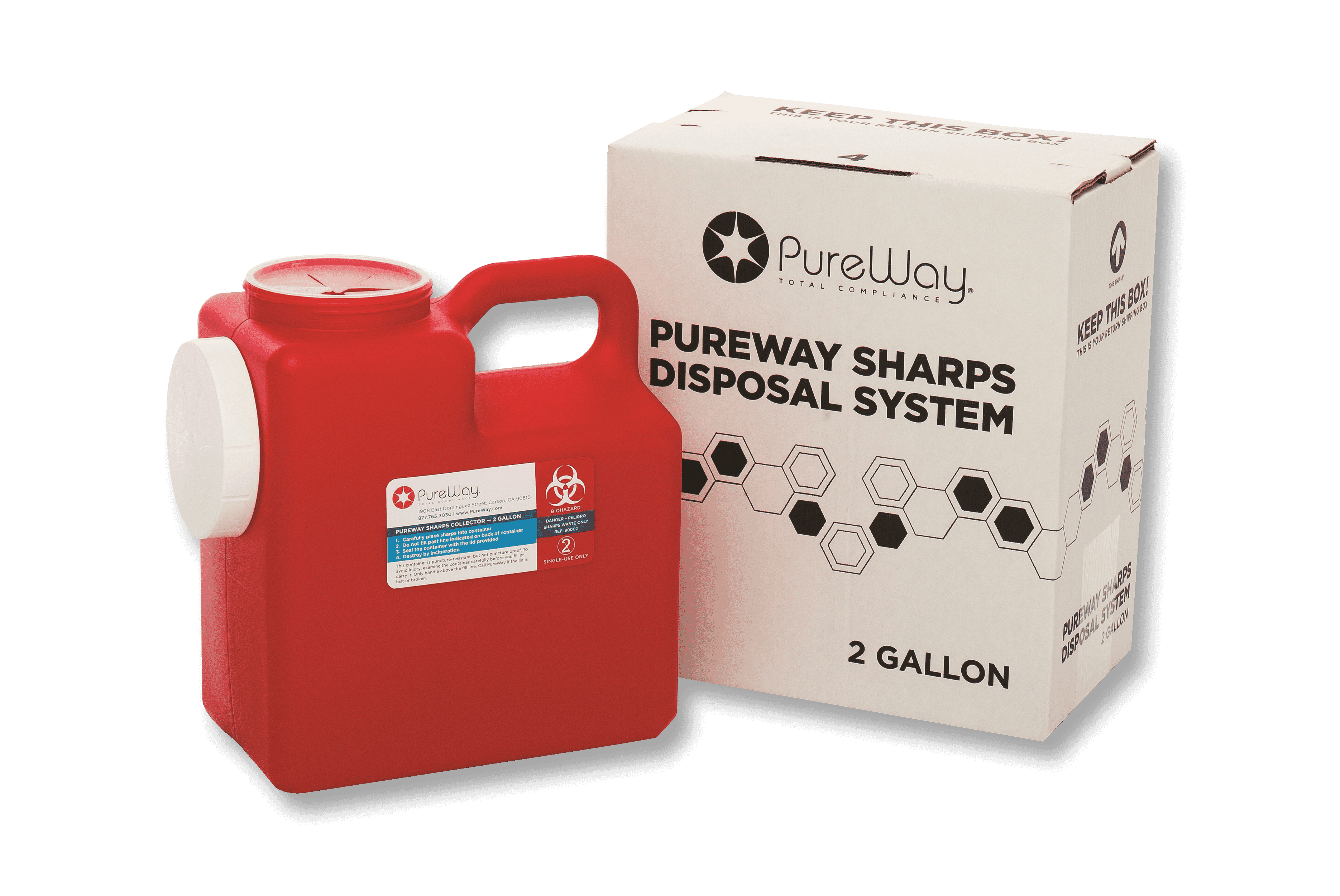

Mercury plays a pivotal role in the production of light and cannot be totally eliminated. This will reduce the amount of heavy metals entering our waste stream and increase the potential recyclability of incineration ash, in turn extending the lifespan of Semakau Landfill.įluorescent lamps and compact fluorescent lamps (CFLs)Fluorescent lamps and compact fluorescent lamps (CFLs) are different from other types of lamps as they contain trace amounts of mercury within the glass enclosure. The control measures, which took effect on 1 June 2017, restrict the level of six hazardous substances in identified types of EEE. Upstream controls Restriction of hazardous substances for electrical and electronic equipmentAs part of the effort in environmental sustainability and overall plan to minimise the environmental impact of e-waste, NEA has implemented upstream controls via the restriction of hazardous substances (RoHS) in electrical and electronic equipment (EEE). Find out more about the programmes at Where to Recycle E-waste. NEA has also been working closely with industry partners and communities to encourage e-waste recycling through voluntary programmes led by industry partners. For more information on the regulated e-waste management system, please visit Extended Producer Responsibility (EPR) System for E-waste Management System. The regulated e-waste management system is based on the Extended Producer Responsibility (EPR) approach, where producers bear the responsibility for the collection and treatment of their products when they reach end-of-life. The regulated e-waste management system will also safeguard the environment and our health.

NEA has introduced a regulated e-waste management system that will ensure the proper collection and handling of e-waste and the extraction of valuable resources from e-waste.
Recycle unwanted items by making use of voluntary recycling schemes spearheaded by industry stakeholders.Reuse/donate items in working condition.Repair electronic equipment where feasible.The wide variety of e-waste makes it hard to generalise the material content – for example, fridges and air conditioners in particular contain refrigerants to enable cooling to take place, but these refrigerants may also contribute to ozone layer depletion or climate change the material composition of a mobile phone is very different from that of an electric kettle.Īs an individual or household, you can reduce e-waste in the following ways: Other types of e-waste include lamps and lighting devices, batteries, electronic toys, sports and leisure equipment, etc.Į-waste is mostly made up of metal and plastic components, but also contains small amounts of heavy metals and substances of concern (e.g., in printed circuit boards).Home appliances, such as TVs, refrigerators, air conditioners, washing machines, rice cookers, microwave and toaster ovens, electric kettles, food processors and blenders, electric fans, DVD/video/music players, radios, hi-fis, vacuum cleaners, etc.Infocomm technology (ICT) equipment, such as desktop, laptop and tablet computers, mobile phones, computer and mobile phone batteries, printers, peripherals and accessories such as keyboards, modems, monitors, computer mice, docking stations, hard disk drives, battery chargers, etc.Common types of e-waste include the following: It includes practically anything powered by an electrical source (e.g. E-waste is electrical and electronic equipment of any kind that has been discarded.


 0 kommentar(er)
0 kommentar(er)
